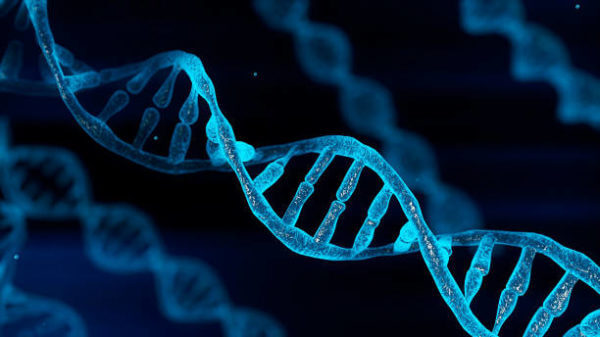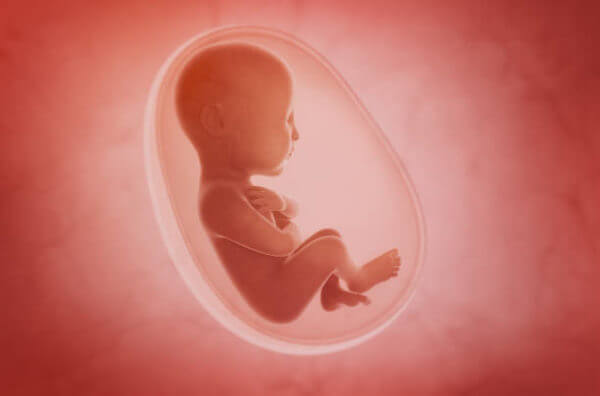The History of Baby Gender Prediction Methods

Expecting a baby on the way can bring mixed emotions, from joy and excitement to worry and anticipation. Many potential parents wonder if they’ll have a baby boy or girl, but for centuries, this has been very hard to predict with any absolute accuracy.
Though scientific methods are available to determine gender before the baby is born accurately, these weren’t always available. In ancient times, the only way to predict a baby’s gender was through superstition and myth. For example, the Greek philosopher Aristotle claimed that if the female parent had fasted during conception, she would be more likely to have a girl.
Now that we live in a modern era, we have access to more sophisticated methods of gender prediction. The most common way is through ultrasound exams which use sound waves to create an image of the baby in the womb.
This article will walk you through the history of baby gender prediction methods and how they have changed over time.
The baby’s gender is based on inheritance, reveals a new study
According to recently published research from a group at Newcastle University [1], it has shown that a baby’s gender can be based on the father’s genes.
The study included 927 families, and after analysing the genetic makeup of each family member, it was concluded that the father’s genes determine a baby’s gender. The study also showed that it seems more complicated for men to have sons than daughters due to a phenomenon called ‘maternal bias’.
Additionally, the Newcastle study also found that an unnamed gene can control a man’s ratio of sperm– both X and Y. The results suggest that if the father’s family tree is composed of more men than women or vice versa, it’s most likely he will also have more male babies instead of female ones, or vice versa.
The research provides insight into why the number of male and female births is roughly equal. A researcher from the Newcastle team stated that if there are too many males in the population, chances are more for females to find a partner, so men with more female kids will pass on more of their genetic tree, resulting in more females being born in subsequent generations.
However, as the pool of siblings is now smaller, it can be challenging to gain accurate information about a man’s gender based on the gender of his one or two siblings.

Boy or Girl: How Genetics Determine Your Baby’s Gender
Genetics can determine your baby’s gender in one way: through X and Y chromosomes [2]. Here’s how it works:
X and Y Chromosomes
When a sperm and an egg unite, they form a zygote. The zygote has two sets of chromosomes—one from the mother (female) and one from the father (male).
If the father’s chromosomes are XXY, it will be female; if they are XY, it will be male. This is because the Y chromosome contains a gene that makes a male baby, while the X chromosome does not.
A zygote formed with XX chromosomes will automatically become female; however, if it has an XY combination, then it can still be either gender. This is because some mutations in genes on the Y chromosome can cause a baby to develop as either male or female.
What genetic factors determine gender?
The genetic factors determining a person’s gender are located on the individual’s chromosomes. Typically, females have two X chromosomes (XX), and males have one X chromosome and one Y chromosome (XY). The presence or absence of specific genes on these chromosomes can lead to the development of physical characteristics typically associated with a particular gender.
Additionally, variations in specific genes or chromosomes can lead to intersex conditions, where an individual may have physical characteristics of both sexes or may not fit typical definitions of male or female.
What role does genetics play in babies?
Genetics is the backbone of baby gender prediction. The combination of X and Y chromosomes determines whether a baby will be male or female. While other factors can influence the sex of a baby, such as diet, lifestyle, and environmental factors, genetics ultimately decide which gender your little one will be in [3].
Final Thoughts
If you’re curious about the gender of your unborn baby, you can look to genetics for answers. By understanding how X and Y chromosomes work and what genetic factors play a role in determining gender, you can better understand the biology behind your little one’s future sex.
Having a baby is one of the most exciting times in life, and being able to predict the gender of your unborn child can be an even more memorable moment. Understanding genetics is a great way to gain insight into this process.
It’s important to remember that no matter what gender your baby turns out to be, it’s sure to be a beautiful addition to your family!
Consider Our Bany Gender Prediction Methods:
References:
- The baby’s gender is based on inheritance, reveals a new study. Times of India. https://timesofindia.indiatimes.com/life-style/parenting/moments/the-babys-gender-is-based-on-inheritance-reveals-a-new-study/articleshow/78254724.cms
- Chromosome. MedlinePlus. https://medlineplus.gov/ency/article/002327.htm
- Genetics (for Parents). Kids Health. https://kidshealth.org/en/parents/about-genetics.html#:~:text=Our%20genes%20carry%20information%20that,will%20be%20male%20or%20female.

